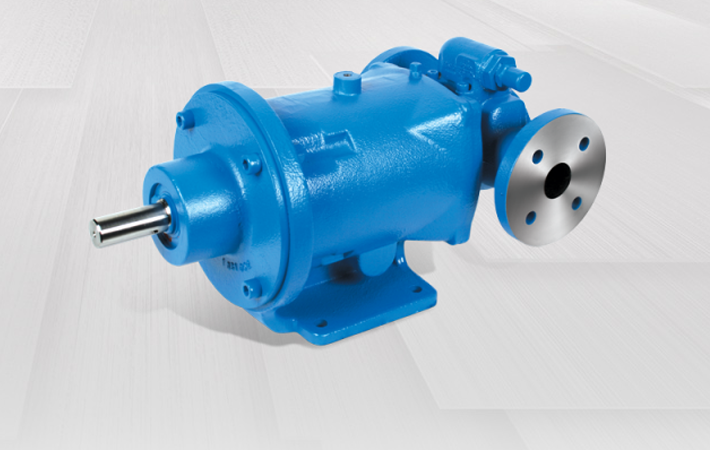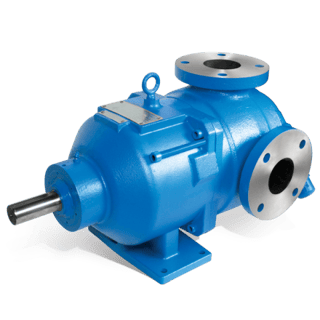
 Magnetic drive pumps are commonly found in applications where liquids are hard to seal, leakage poses a threat to employees or the environment, downtime for seal issues is not feasible, or where the liquid is too expensive to be allowed to leak. This pump design consists of a drive and driven magnet separated by a containment canister. So what happens to the magnets if the temperature of the pump becomes too hot or too cold?
Magnetic drive pumps are commonly found in applications where liquids are hard to seal, leakage poses a threat to employees or the environment, downtime for seal issues is not feasible, or where the liquid is too expensive to be allowed to leak. This pump design consists of a drive and driven magnet separated by a containment canister. So what happens to the magnets if the temperature of the pump becomes too hot or too cold?
See this diagram of a magnetic drive Viking Pump to better understand how it functions.

The magnetic drive creates heat from eddy current losses between the two magnets that needs to be dissipated by the pumped liquid. In the mag-drive design, you will find that there a circulation paths that lead back to the canister area. These are typically designed to use discharge pressure to force liquid back through this area.
As temperature is increased, the magnets can lose strength. If the process has an elevated temperature, a derate factor can be used to compensate in selecting the size magnets needed to adequately transfer the torque required by the pump. Typically Neodymium Iron magnets are used as they are a more economical option, but in applications that demand higher temperature ranges samarium cobalt can be used as they do not begin to derate until higher temperatures.
If the magnets lose enough strength and the torque required surpasses the torque that can be transferred, the magnets will decouple. The drive magnet will continue to spin while the driven magnet will remain stationary; operating in this condition will cause the magnets to permanently lose magnetic strength.
If the pumped liquid is cold or ambient temperatures are extremely cold, this will assist in dissipating heat from the heat created by the magnets but another concern is present with the stationary o-rings that seal the containment shell to the casing. Depending on the material selection of the elastomer, it can lose its elastic properties and no longer provide a good seal in this area.
If you’ve experienced desensitized magnets, or are considering implementing a mag drive pump into your process, be sure to talk to an experienced engineer first. They will be able to confirm if a mag drive pump is right for your process.
Need help selecting a pump for your application? Ask us about it! We gladly provide technical assistance to businesses in Wisconsin and Upper Michigan.
These Stories on Pumps
Headquarters and Service Center
Located outside Green Bay, WI
707 Ford Street
Kimberly, WI 54136
920-733-4425
OptiFlow Design and Build Center
1002 Truman Street
Kimberly, WI 54136
920-733-4425
Burnsville Service Center
12265 Nicollet Avenue
Burnsville, MN 55337
952-444-1949
Grand Rapids Service Center
26489 Industrial Blvd
Cohasset, MN 55721
952-444-1949
© Copyright 2024. Crane Engineering. All Rights Reserved. Privacy Policy.